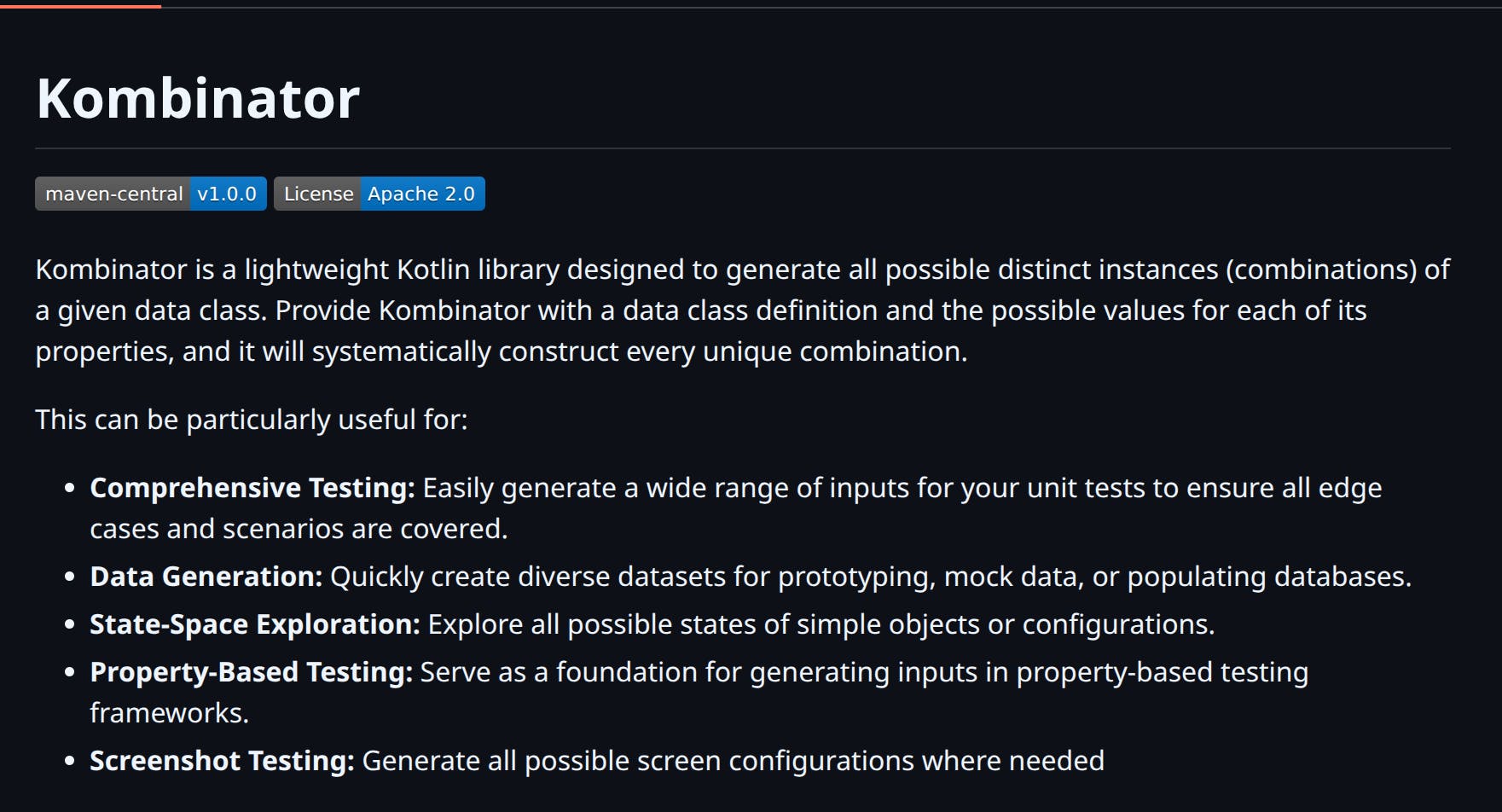Educators are reaching into their toolbox in an effort to adapt their instruction to a world where students can use ChatGPT to pull out a five-page essay in under an hour.
Teachers are working to make artificial intelligence (AI) a force for good in the classroom instead of an easy way to cheat as they balance teaching the new technology with honing students’ critical thinking skills.
“Even before the AI era, the most important grades that we’d give at the school that I led and when I was a teacher, were the in-class writing assignments,” said Adeel Khan, CEO and founder of MagicSchool and former school principal, noting the assignments worth the most are normally final exams or end-of-unit tests.
Khan predicts those sorts of exams that have no access to AI will be weighted more heavily for students’ grades in the future.
“So, if you’re using AI for all of the formative assignments that are helping you practice to get to that final exam or that final writing test … then it’s going to be really hard to do it when you don’t have AI in those moments,” he added.
The boom of generative AI began shortly after students got back in the classrooms after the pandemic, with educators going from banning ChatGPT in schools in 2023 to taking professional development courses on how to implement AI in assignments.
President Trump recently signed an executive order to incorporate AI more into classrooms, calling it the technology of the future.
The executive order aims to have schools work more closely with the private sector to implement programs and trainings regarding AI for teachers and students.
“The basic idea of this executive order is to ensure that we properly train the workforce of the future by ensuring that school children, young Americans, are adequately trained in AI tools, so that they can be competitive in the economy years from now into the future, as AI becomes a bigger and bigger deal,” White House staff secretary Will Scharf said.
Dixie Rae Garrison, principal of West Jordan Middle School in Utah, describes herself as an early advocate for AI in schools.
She said her classrooms have had “an overwhelmingly positive experience” with the technology.
Garrison remarked the problems with AI need to be resolved through innovative thinking, not passivity.
“There needs to be a shift from the types of questions we were asking students, so shifting away from repetitive exercises,” Garrison said, adding educators “really have to think about the way that you’re teaching students to write, the way that you’re framing your questions.”
One way her school has used AI to help students is by creating more avenues for pupils to study for exams such as the AP U.S. history test.
Teachers are “able to provide the students with more frequent opportunities to practice” by inputting the AP rubrics into a generative AI tool, leading the students to get feedback “instantaneously” on their work.
Another strategy used for preparing students to work with AI as well as lower concerns about cheating is to create collaborative projects.
“I think in the younger classes there is a shift towards project-based learning, and even homework is more sort of collaborative, which is harder to replicate” with AI, said Tara Chklovski, founder and CEO of Technovation.
The integration of AI varies across the United States, with about 60 percent of principals reportedly using AI tools for their work, according to a survey by RAND, a research nonprofit.
Among teachers, only 25 percent are using AI for their instructional planning or teaching, although English language arts and science instructors were twice as likely to use the technology than mathematics educators.
Educators in higher poverty schools are also less likely to use AI and are more likely not to have guidance on AI implementation compared to lower poverty schools, according to RAND.
The lack of guidance makes it even more difficult for educators as concerns of cheating with generative AI become louder.
“Pragmatically, on the ground, some teachers are shifting towards more short, oral questioning of students. … In fact, for some kids — I hear this from science teachers that I work with — the ability to ask kids questions orally, instead of writing on a test, helps reveal” they might know more “than they would have been able to express on a written test,” said Bill Penuel, a professor at the University of Colorado Boulder.
For many, it is still a challenge to balance the benefits of AI with the drawbacks in the classroom.
Most educators don’t want AI “to be used as a shortcut for thinking, but they want people to be able to use it as a tool to help them solve problems, to give them feedback on things that they’re working on and writing, maybe even support folks who are multilingual learners in classrooms,” Penuel said.









